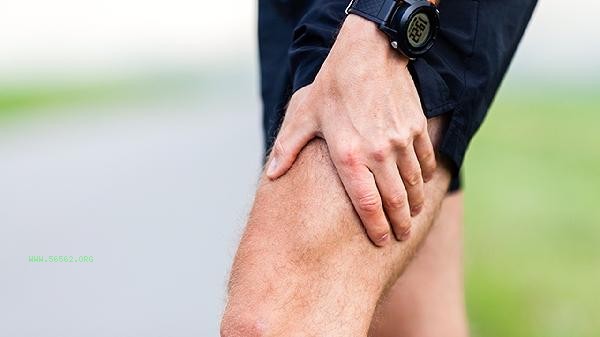Increasing thigh muscles can be achieved through methods such as strength training, protein supplementation, compound movement exercises, gradual load adjustment, and adequate rest and recovery. The growth of thigh muscles requires a combination of scientific training and nutritional support to avoid injury caused by overtraining.

1. Strength Training
Squatting is an efficient exercise that stimulates the quadriceps and gluteus muscles. It is recommended to gradually increase the weight from self weight squats. Leg lifting equipment can specifically strengthen the muscles in the front thigh, and adjusting the position of the foot can change the focus of force application. Arrow step squat can simultaneously exercise the muscles and core stability of the front and back thighs, making it suitable as an auxiliary training program.
2. Protein supplementation
Daily intake of 1.6-2.2 grams of protein per kilogram of body weight, with priority given to high-quality protein sources such as chicken breast, fish, and eggs. supplementing whey protein within 30 minutes after training can help with muscle repair, and plant-based protein powder is suitable for lactose intolerant individuals. Pay attention to evenly distributing protein to each meal and avoid overconsumption in a single meal.
3. Compound Exercise
Hard pull can synchronously activate the hamstring and back muscles in the back of the thigh, and Romanian hard pull provides more concentrated stimulation to the back of the thigh. The Bulgarian split leg squat can unilaterally strengthen the lower limb muscles and improve the imbalance of left and right muscle strength. Step training enhances thigh muscle endurance and explosive power through a single leg power mode.

4. Gradual Load Adjustment
There should be a slight increase in weight or frequency of weekly training, and it is recommended to use the 5 × 5 training method to gradually increase weight. When a certain weight can be completed 12 times according to the standard, the load can be increased by 5% -10% to readjust. Keeping a training diary helps to observe progress and adjust plans, avoiding plateau stagnation.
5. Adequate rest and recovery
After training the thigh muscles, a 72 hour recovery period is required to avoid high-intensity training for two consecutive days. Relaxation of foam axis can relieve muscle and fascia tension, and hot bath can promote blood circulation. Ensuring 7-9 hours of high-quality sleep is crucial for muscle repair during the peak period of growth hormone secretion. During the muscle building period, it is necessary to maintain a daily surplus of 300-500 calories, and the ratio of carbohydrate to fat intake should be reasonably controlled. Supplementing with an appropriate amount of fast carbon before training to improve exercise performance, and pairing with slow carbon after training to maintain blood sugar stability. Regular flexibility training can prevent muscle stiffness, and dynamic stretching is superior to static stretching. It is recommended to change the training plan every 8-12 weeks to avoid adaptive stagnation, and pay attention to the standardization of movements over the weight of the load during training. Women can reduce inter group rest time appropriately to increase muscle mass, while men can focus on absolute strength development. Middle aged and elderly people should reduce their weight-bearing intensity, increase the number of training groups, and control their movement speed.









Comments (0)
Leave a Comment
No comments yet
Be the first to share your thoughts!